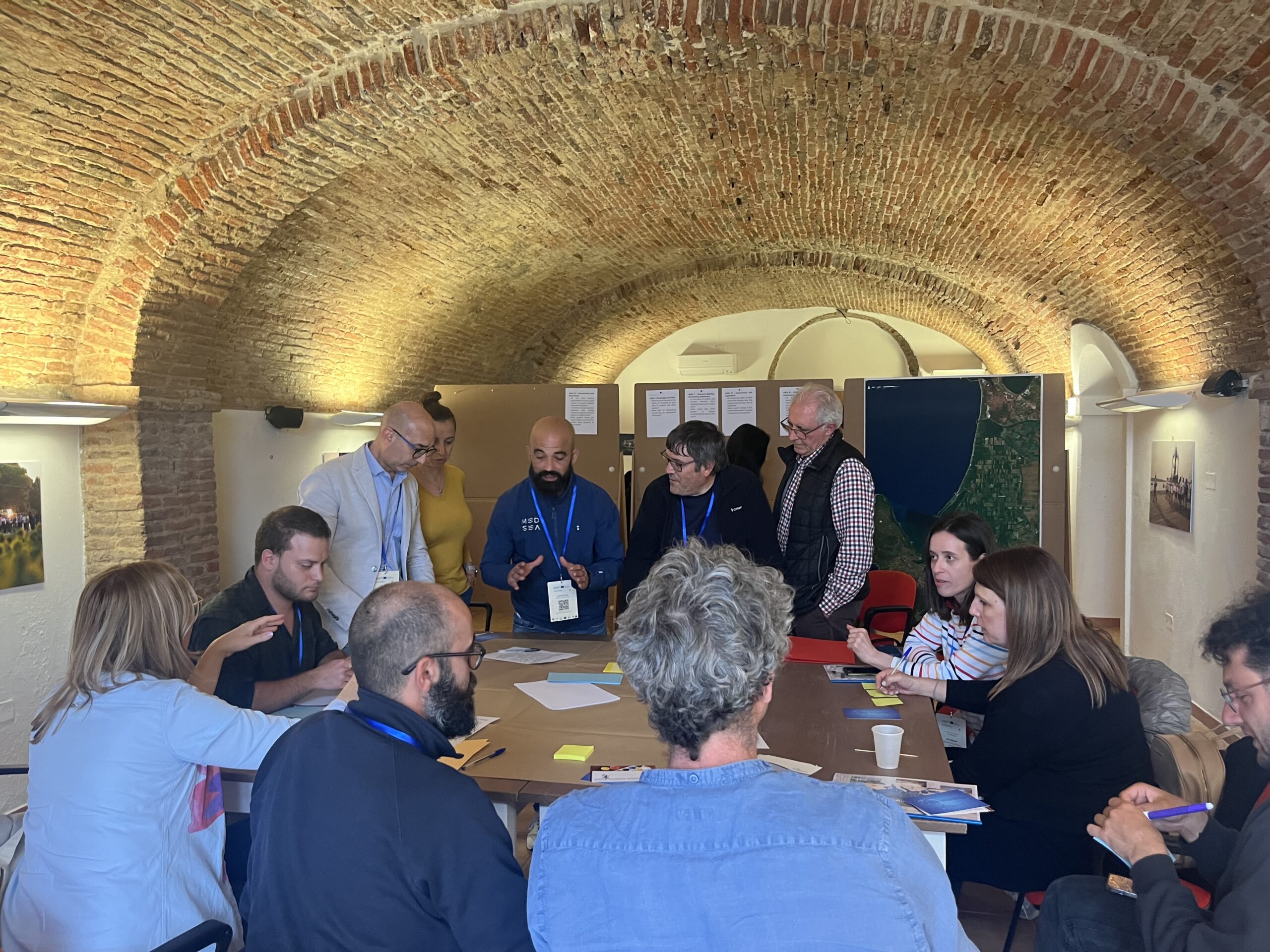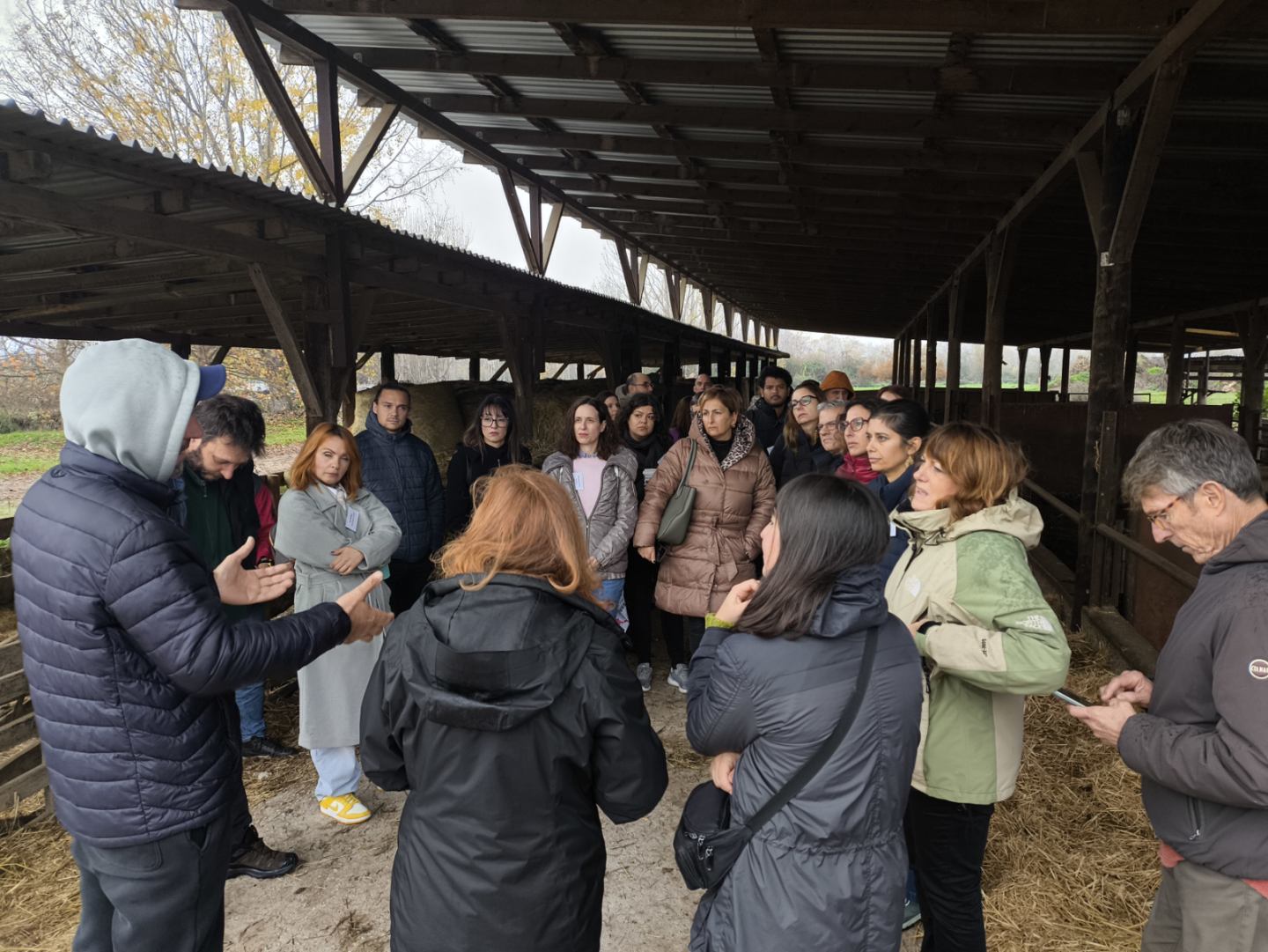Last May, Sardinia became the focal point for an important conversation about climate resilience. The Wetland4Change project brought together a diverse group of stakeholders from wetland experts and regional authorities to farmers and civil society representatives, for an innovative Living Lab, one of its kind, focused on harnessing the power of wetlands for climate adaptation and mitigation.
The Wetland4Change Living Lab, organized by the MEDSEA Foundation, represented a collaborative approach to Wetland Science, belnding scientific expertise and local knowledge, with presentations from five pilot sites across Europe (Italy, France, Greece, Spain, Bulgaria) showcasing different approaches to wetland-based climate solutions.
The event also featured insights from Sardinia’s own climate adaptation strategies and flood risk management plans, providing crucial regional context.
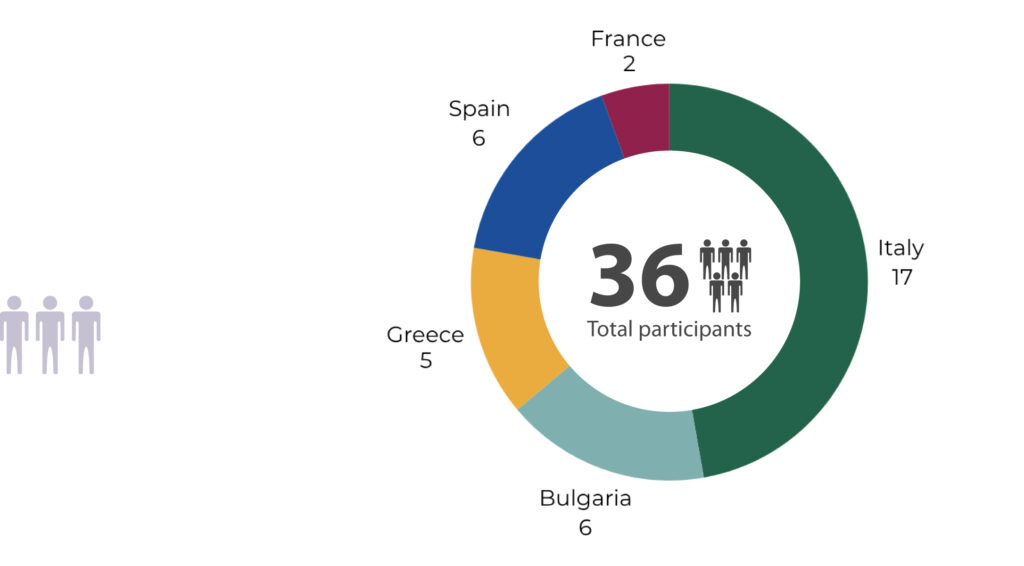
Wetland4Change Living lab all participants per country
At the Wetland4Change Living Lab, the participants were mainly representatives from the five pilot site institutions, directly or indirectly involved in wetlands management. Among the participants were Sandro Pili, Mayor of Terralba, and Maura Mura, Counselor of Terralba; Antonio Trabucco from CMCC; Mauro Steri from Legacoop’s regional fishing department; Aylin Hasan from the Bulgarian Ministry of Environment; Carla Asquer and Nicoletta Contis from the Autonomous Region of Sardinia; Walter Brambilla from ARPAS; Luciana Cardia and Pietro Todde from AGRIS; Ignacio Lacomba from the Valencian Regional Government; Emanuela Manca from the Autonomous Region of Sardinia; Zoe Marigou, President of the Municipal Council of Iraklia; Nicolas Mahillon from Agris/University of Brussels; Andreas Stergiou, Mayor of Argithea; and Elli Kizlari from the Regional Unit of Serres. At the Oristano Wetland4Change Living Lab, two parallel sessions explored wetlands as solutions for flood regulation and carbon sequestration. They were hosted at the Museo del Mare (Marceddì, Oristano) and facilitated by MEDSEA experts Elisa Ulazzi and Luca Foschi.
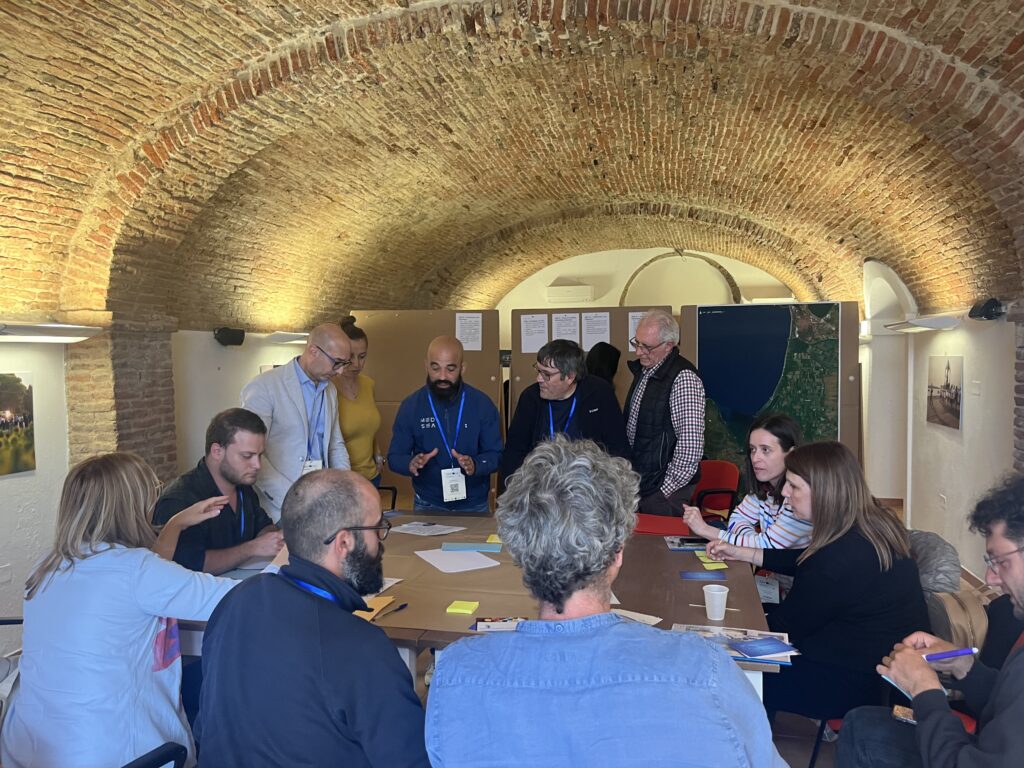
Wetland4Change | Living Lab | Sardinia | 13-14 May 2025
Wetlands: Nature’s Flood Defense Systems
One of the most compelling discussions centered on wetlands’ role in flood regulation. While participants broadly acknowledged wetlands’ ability to act as natural buffers—absorbing excess rainwater and reducing peak runoff—the conversations revealed significant knowledge gaps about the specific mechanisms at work.
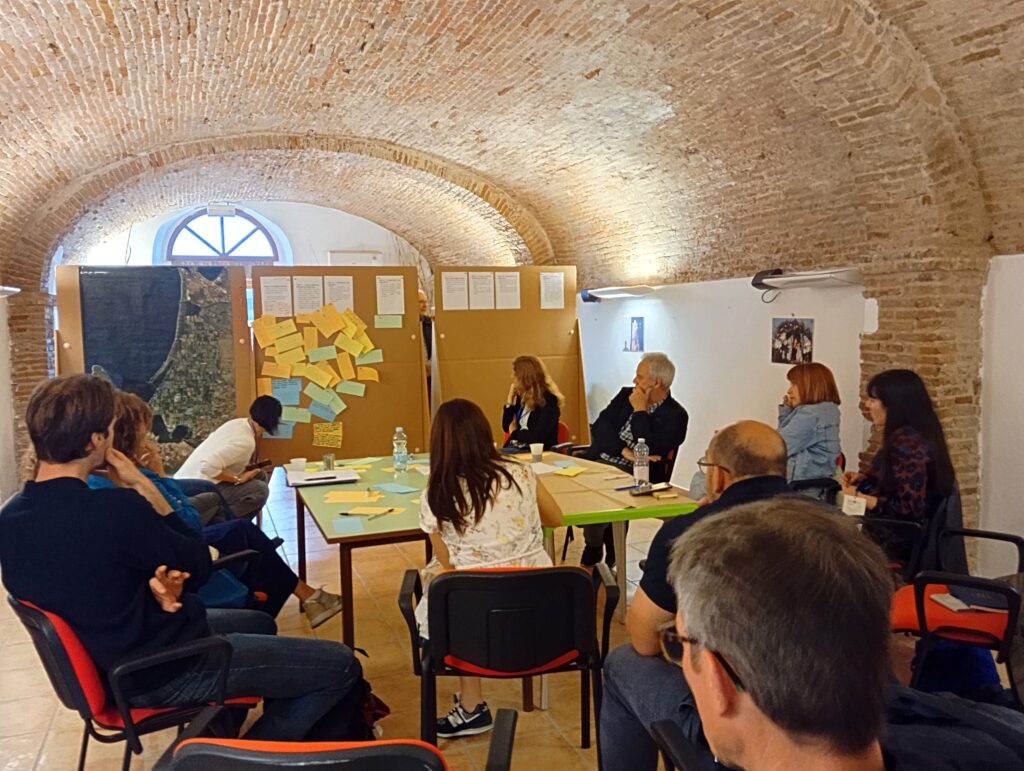
A critical issue emerged around data fragmentation. Environmental information is scattered across multiple agencies responsible for water management, agriculture, and environmental protection, making comprehensive analysis difficult. Stakeholders called for:
- Common protocols for data collection
- Standardized metadata formats
- Better accessibility of publicly-funded datasets
- Improved integration between scientific research and practical flood management
As one regional authority representative explained, “We have the flood risk maps, but local development often proceeds without considering them. There’s a disconnect between what we know and what we implement.”
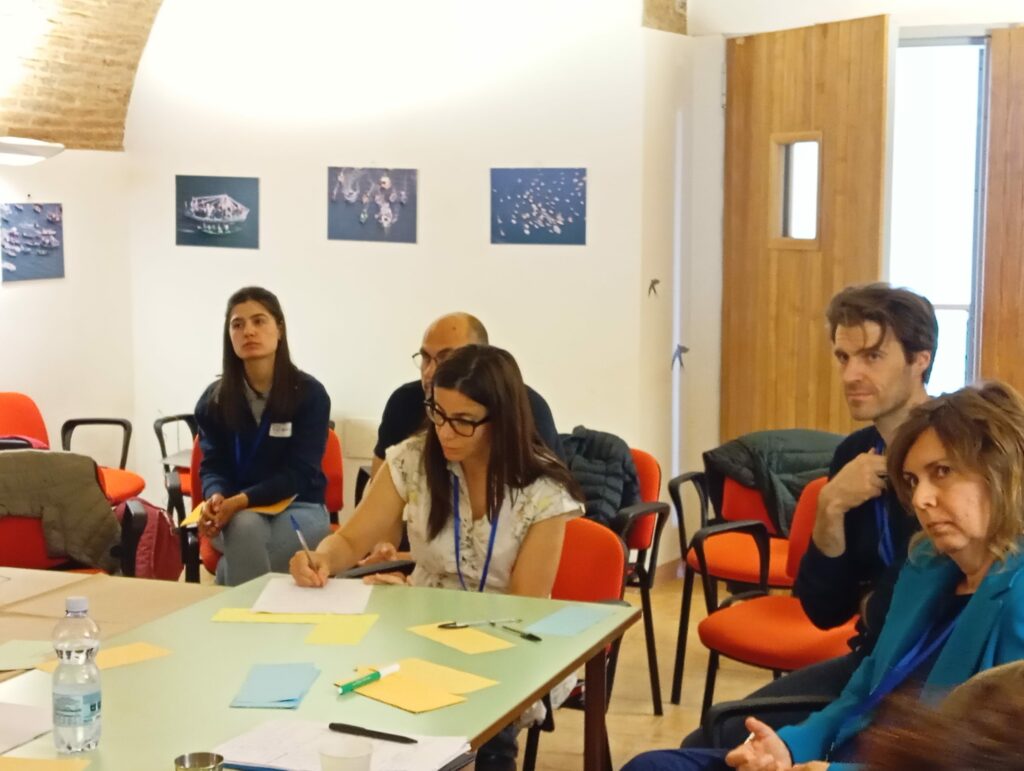
Wetland4Change Living Lab in Oristano – 12 May 2025
The discussion highlighted education as a crucial lever for change. Currently, wetlands are often presented only as biodiversity habitats in environmental programs, overlooking their essential role as green infrastructure for flood mitigation. Innovative proposals to adress this important matter included: gamified learning experiences for students of all ages, interactive site visits and workshops, continuous education from primary school through adult professional training, local knowledge exchange between residents and experts.
Carbon Sequestration: The Hidden Climate Benefit
Even more complex than flood regulation is wetlands’ role in carbon sequestration and greenhouse gas exchange. Initial results presented by researcher Carlos Rochera from the University of Valencia showed promising data from the Oristano wetlands, including environmental mapping, sediment analysis, and preliminary estimates of CO₂ and CH₄ fluxes across different habitats.

Carlos Rochera, University of Valencia – Oristano Consortium Meeting
The technical nature of carbon sequestration processes presents a communication challenge. Stakeholders emphasized the need for simplified explanations, visual tools, and analogies—one participant suggested “comparing greenhouse gases to currencies” to make the concept more relatable.
The economic dimension proved particularly important. As one representative from farming noted, “We need clearer numbers and tangible examples showing the financial returns of wetland carbon storage. Without that, it’s hard to justify the investment.” Another aspect mentioned as barrier is the “Policy and Market Barriers”, current regulatory frameworks inadequately reflect the carbon value of wetlands. However, encouraging developments are emerging in regions like Emilia-Romagna, which is exploring legal entities for wetland management that can apply for carbon credits and public-private partnerships for restoration and ecosystem service monetization.
Several inspiring case studies were shared, including the Blue Lagoon project in Italy, where a hotel purchased credits from an aquaculture wetland, and community initiatives in Catalonia where civil society groups bought and managed wetland areas for conservation.
The Living Lab concluded with a strong consensus on the need for better integration across four key areas:
- Knowledge and Data: Improving scientific understanding while making complex information accessible to decision-makers and the public.
- Capacity Building: Developing comprehensive education and awareness programs that span from schools to professional training.
- Governance and Legislation: Aligning wetland protection laws with flood risk plans and creating financial mechanisms that recognize ecosystem services.
- Conservation and Restoration: Implementing concrete projects that deliver multiple benefits—flood protection, carbon storage, biodiversity conservation, and socio-economic opportunities
A Mediterranean Model for Climate Resilience
The Oristano Wetland4Change Living Lab demonstrated that wetlands offer a powerful, nature-based solution for climate challenges. However, realizing this potential requires unprecedented collaboration between scientists, policymakers, land managers, and local communities. As participants noted, wetland restoration can simultaneously address climate adaptation through flood regulation, climate mitigation through carbon storage, biodiversity protection, and socio-economic development through eco-tourism and certification schemes.
The event closed with commitments to continue knowledge sharing, foster ongoing dialogue, and explore joint actions to make wetlands central to climate-resilient development strategies across the Mediterranean region.
“What made this Living Lab special was the genuine dialogue between researchers and the people who live and work with these ecosystems daily,” Stanimira Ivanova, project coordinator for Wetland4Change from the University of Forestry, W4C lead partner, commented. The collaborative format allowed for real-world challenges to be addressed alongside cutting-edge research findings.”
For a region facing increasing climate pressures, the message from Oristano was clear: wetlands are not just natural heritage to be preserved, but active partners in building a more resilient future. The challenge now lies in translating this understanding into concrete action that bridges the gap between scientific knowledge and practical implementation.
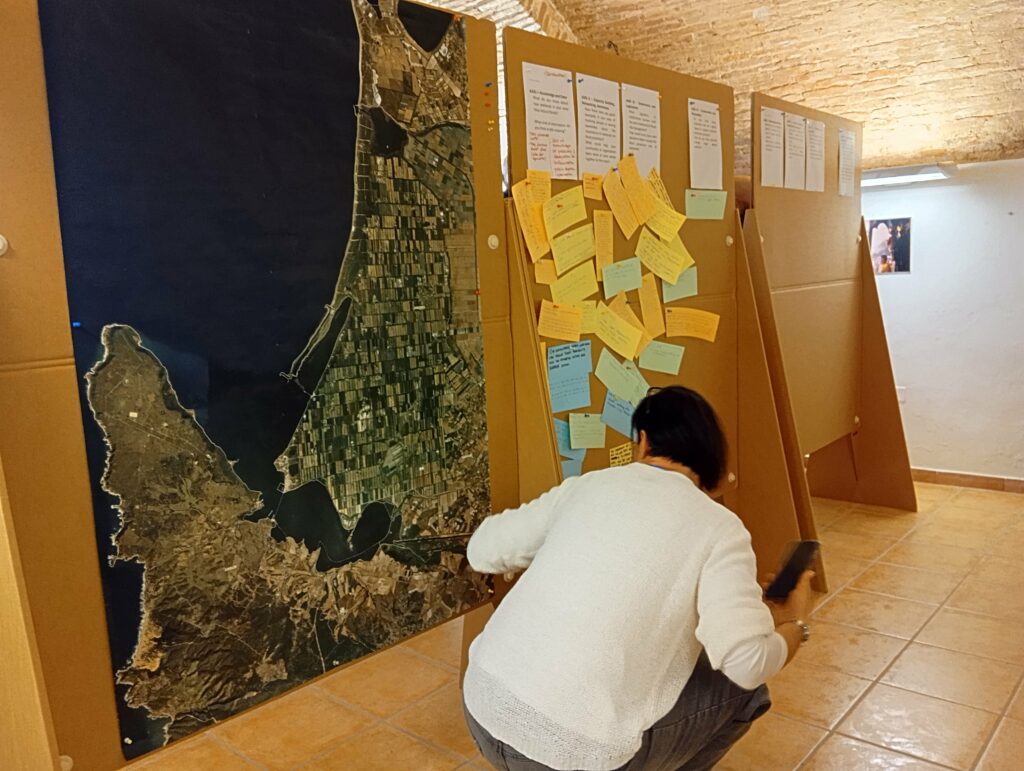
Wetland4Change Living Lab in Oristano – 12 May 2025
The Wetland4Change project continues to develop pilot sites across Europe, with upcoming Living Labs planned to further explore innovative approaches to wetland-based climate solutions.

